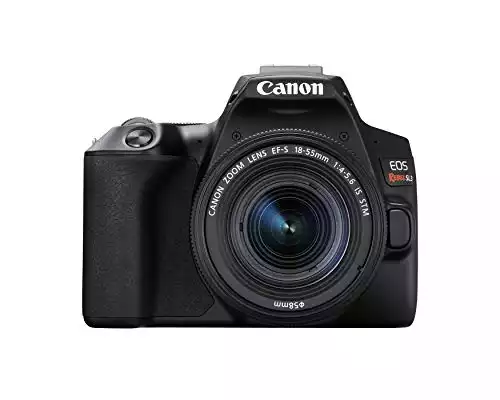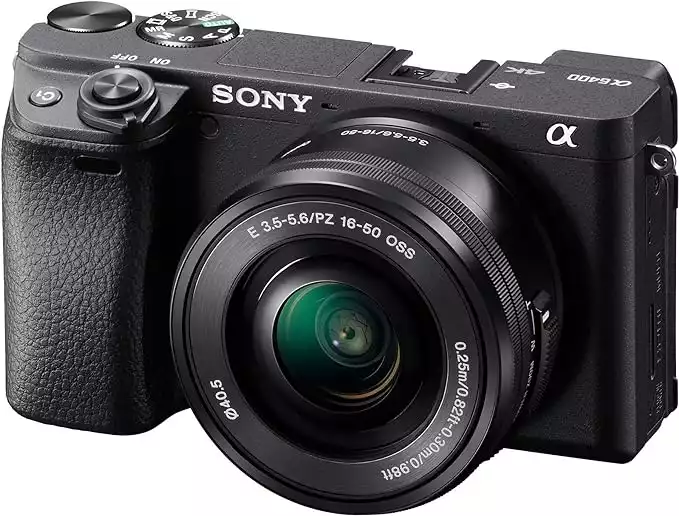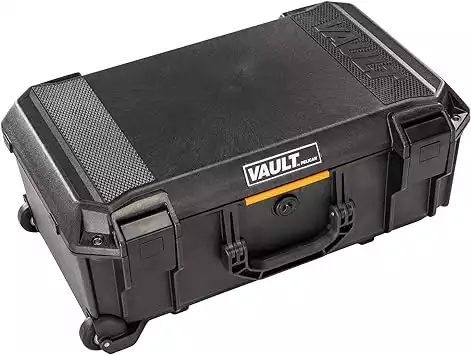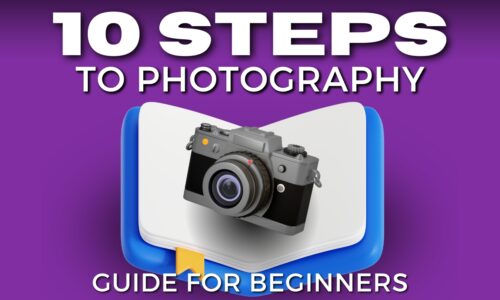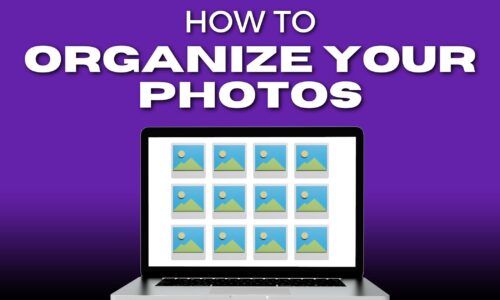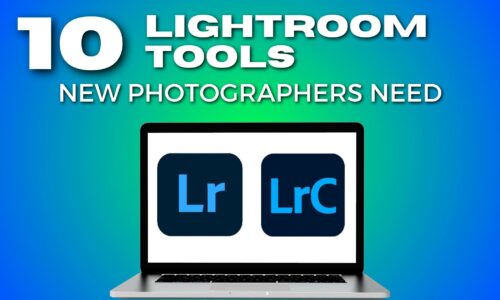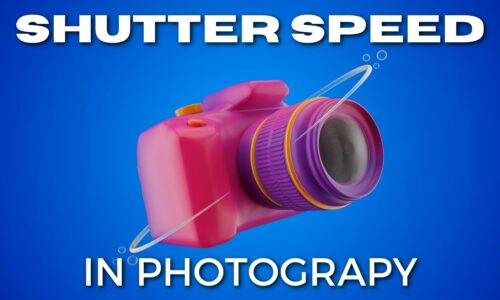DSLR vs. Mirrorless (What’s Best for a New Photographer?)
One of the most common questions every photographer will ask at some point in their journey is, “What type of camera should I get?”
Then the photographer does some research, and suddenly they realize there’s another decision they have to make: “Do I purchase a DSLR camera or a Mirrorless camera?”
You’re most likely at that point in your journey if you’re reading this.
And as exciting as photography may be, there are some not-so-exciting things we all need to learn about, especially in the beginning stages.
And if you’re like me, this DSLR vs. Mirrorless decision is one you really don’t feel like researching.
Each type of camera system has its own unique features tailored to different photography needs and styles.
DSLRs, with their optical viewfinders and extensive lens collections, have been a reliable workhorse for photographers for years. They give you a direct, through-the-lens optical view of your subject, which many find reassuring and true to the craft of photography.
Mirrorless cameras, on the other hand, are the new kids on the block.
They have revolutionized the game with their compact sizes, advanced technology, and substantial image quality that rivals, if not surpasses, their DSLR counterparts.
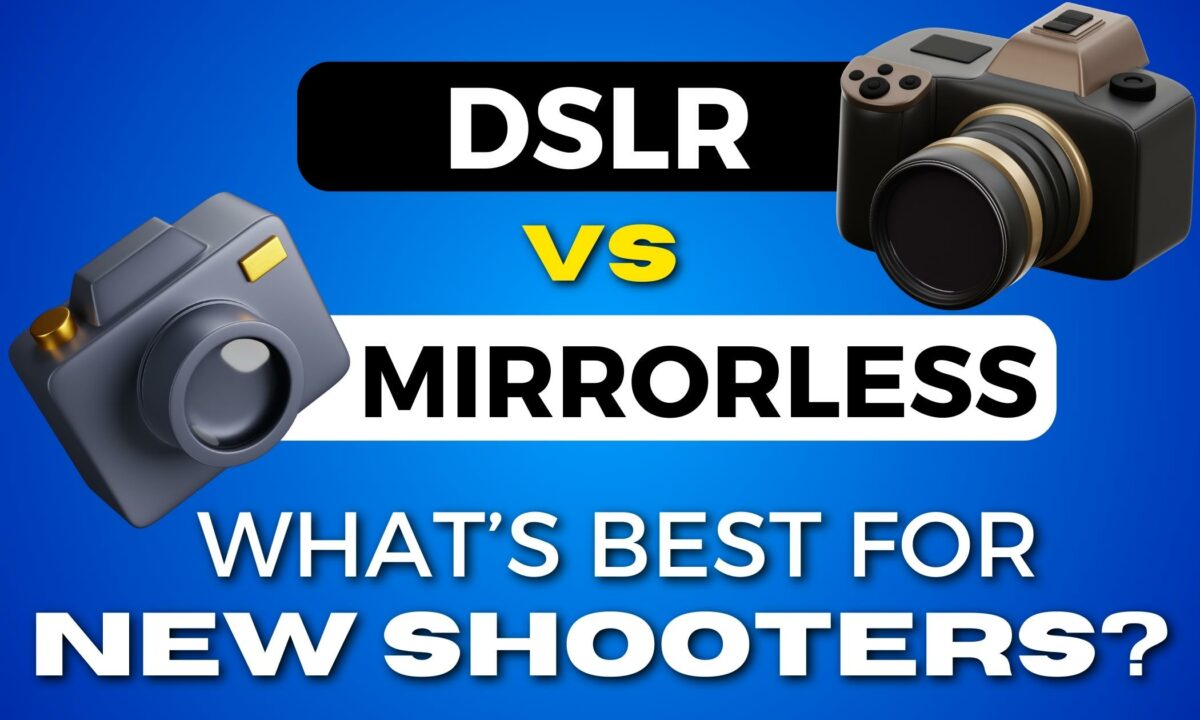
For you, a new photographer, the debate might seem overwhelming.
But your decision doesn’t have to be hard. Think of a DSLR like a seasoned guide. It’s familiar, and you can count on its proven track record.
Meanwhile, a mirrorless camera is like having a new-age travel buddy.
The one who’s got all the latest gadgets to make your journey smoother.
Pick one that matches your photography goals. But if you’re still struggling to keep reading because I’m going to provide a more detailed comparison of DSLR vs Mirrorless cameras below.
DSLR vs. Mirrorless Cameras as a New Photographer
Here’s a table comparing DSLR vs. Mirrorless cameras to help make your decision easy:
| Feature | DSLR Cameras | Mirrorless Cameras |
| Image Quality | High-quality images, especially in low light due to larger sensors in many models. | Comparable image quality, with newer models often matching or exceeding DSLRs. |
| Battery Life | Generally longer due to less reliance on electronic viewfinders. | Shorter, as electronic viewfinders and LCD screens consume more power. |
| Autofocus Speed | Fast and accurate, especially for moving subjects. Traditional DSLRs excel in sports and action photography. | Rapidly improving, with many modern mirrorless cameras offering fast and precise autofocus. |
| Viewfinder | The optical viewfinder offers a direct view through the lens with no lag. | Electronic viewfinder (EVF) provides a digital preview of the final image, including exposure and effects. |
| Size and Weight | Generally bulkier and heavier, which can be tiring during long shoots. | More compact and lightweight, easier to carry and handle, especially for travel. |
| Lens Selection | A wide range of lenses are available, including many specialized options. | Growing selection, but may be limited for niche photography types. Adapters available for more options. |
| Durability and Build | Often more robust and weather-sealed, suited for challenging environments. | Varies by model; some are as durable as DSLRs, while others are less so. |
| Price | Range varies; entry-level models are often more affordable. | Generally more expensive, particularly for higher-end models. |
| Video Capabilities | Good, but maybe outperformed by mirrorless in terms of video autofocus and features. | Often superior video features, including autofocus and higher resolution options. |
| Learning Curve | Steeper for beginners due to complex controls and settings. | User-friendly interfaces and features like real-time exposure preview make learning easier. |
As this table shows, both DSLR and mirrorless cameras have their unique strengths.
So, the choice often comes down to personal style and the type of photography you’re going to use it for.
An Overview of DSLR Cameras
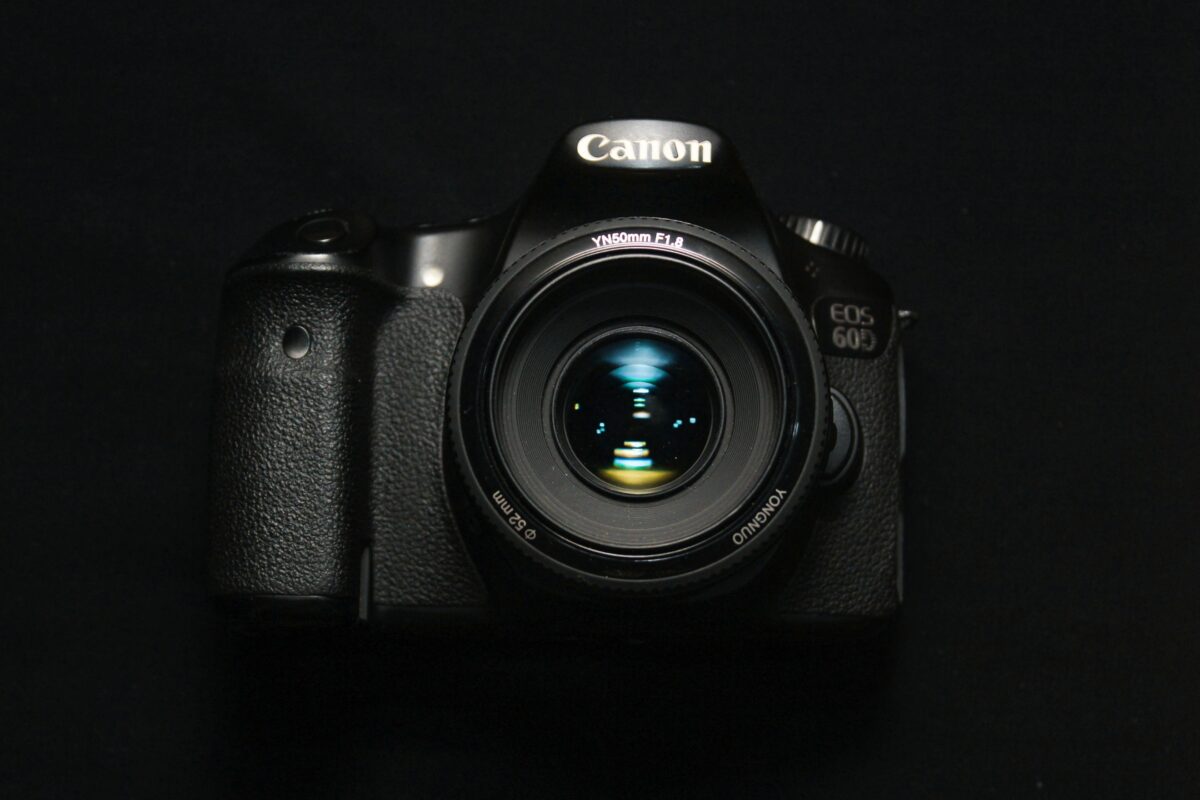
In photography, DSLR (Digital Single Lens Reflex) cameras are like an old friend who’s always ready to tag along on an adventure with you.
Imagine a camera that lets you see exactly what your photo will look like, even before you take it. That’s the beauty of a DSLR’s optical viewfinder.
Light enters through the lens and bounces off a mirror (hence, reflex) directly to a pentaprism before reaching your eye.
Key Components of a DSLR:
- Mirror: Directs light to the viewfinder
- Optical Viewfinder: What you see is what you photograph
- Pentaprism/Pentamirror: Bends light to the viewfinder
- Image Sensor: Where your photo begins its life digitally
With DSLRs, you have a treasure trove of lenses at your disposal.
An affordable and easy-to-use DSLR. It is lightweight, compact, and has a guided mode for beginners.
Pentax, for example, prides itself on a rich history of lens compatibility. Whether you’re shooting landscapes or portraits, lens choice allows you to explore many photographic styles.
DSLRs typically produce superb image quality thanks to larger sensors that gather more light and detail.
And while these cameras might seem bulkier compared to mirrorless cameras, many photographers love how heft and solid they are.
An Overview of Mirrorless Cameras
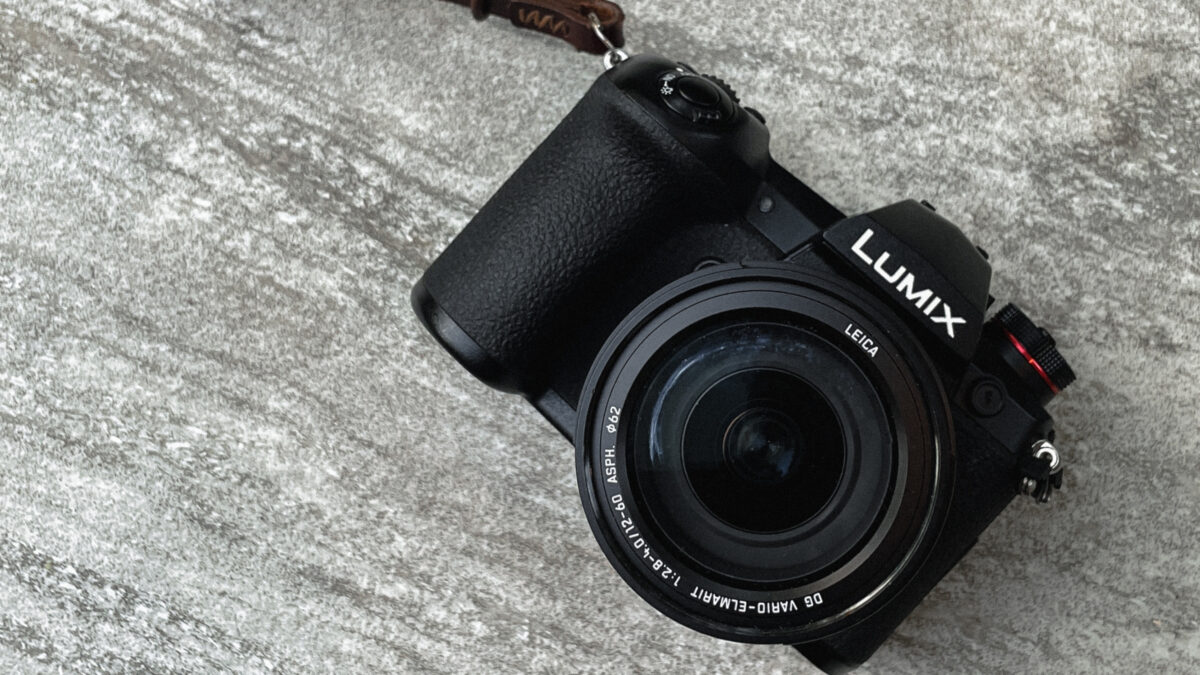
Imagine standing in front of a beautiful landscape, and you want to capture it as you see it. That’s where a mirrorless camera shines.
It’s like having a miniature version of the scene directly on your camera’s screen or electronic viewfinder (EVF).
A real-time digital display of the world in front of you.
Let’s break it down further. Inside a mirrorless camera, there’s no traditional mirror mechanism like the one found in DSLRs. This design allows these cameras to be more compact since the light passes directly through the lens to the image sensor and then to the EVF or the LCD screen on the back.
You get a live display of your image, exposure, and settings before you even take the photo.
Mirrorless Camera Features:
- EVF (Electronic Viewfinder): Shows a digital preview of your image in real-time.
- LCD Screen: Often touch-sensitive, it provides another way to frame and review your shots.
- Camera Sensor: Without a mirror in the way, the sensor can be placed closer to the lens, which can lead to better image quality.
- Lens Choice: Initially limited, but recent years have seen a rapid increase in options for various brands.
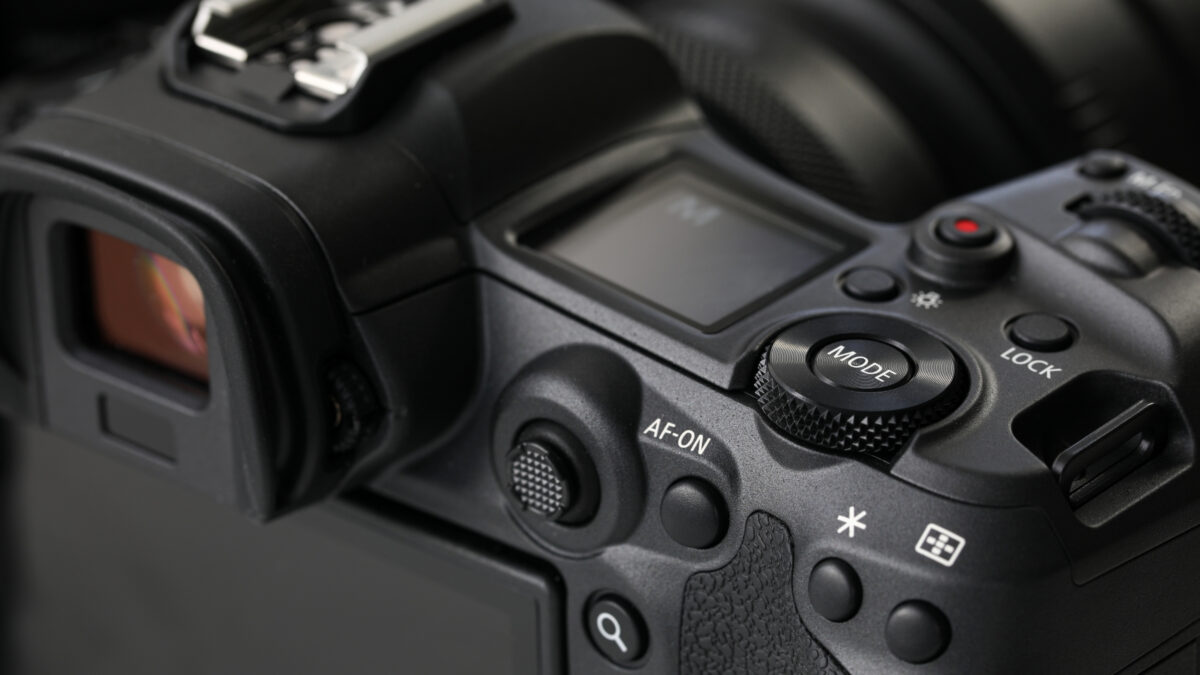
Now, get this—mirrorless technology has opened the doors to innovations that were tough to implement in DSLRs.
For example, focus and exposure adjustments can be seen in real-time right through the viewfinder. It’s like trying on virtual outfits. What you see is what you get.
And many mirrorless cameras now come with full-frame sensors, offering superior image quality, especially in low light. It’s like having a wider canvas for your photos, capturing more of the scene you’re taking a photo of.
This camera has a simple interface with helpful tutorials and a touchscreen LCD.
It takes incredible pictures and is great if you're also looking to use it for video content.
DSLR vs. Mirrorless Camera Features
Let’s examine the key differences between DSLR and mirrorless cameras more closely to find what best suits you.
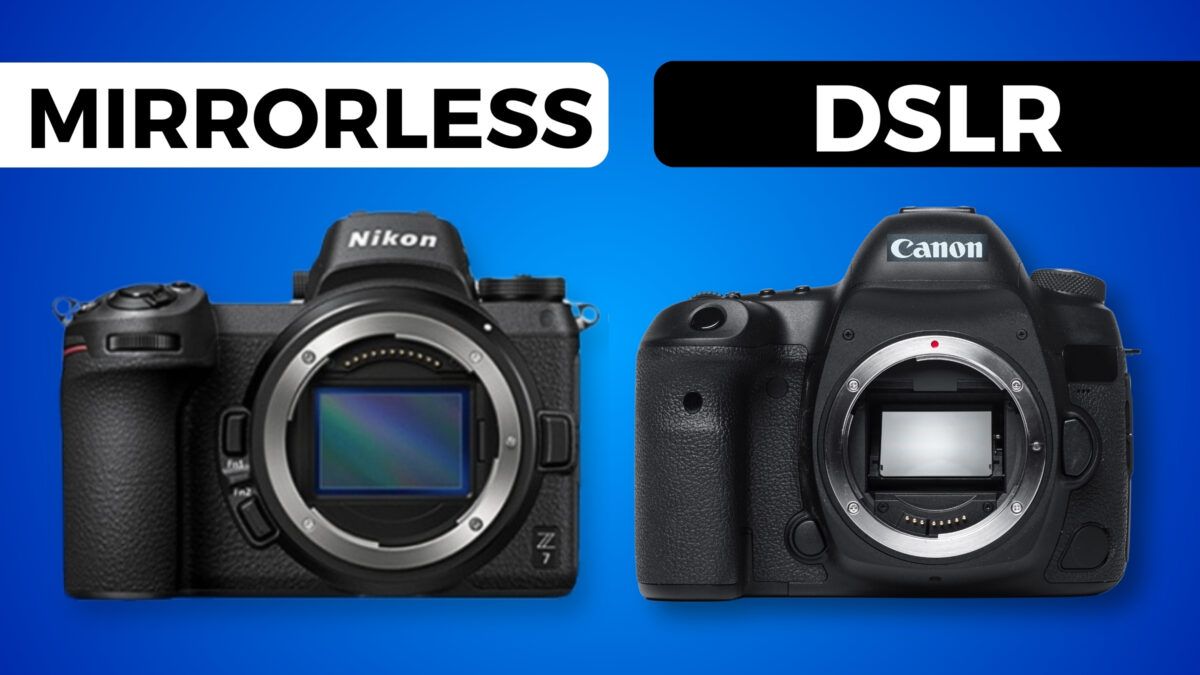
Size, Weight, and Portability
DSLR cameras tend to be larger and heavier due to their mirror mechanism and optical prism.
And with the traditional camera bulk, if size and weight are important factors for travel or comfort, a mirrorless camera is a better option for you. They are more compact and lighter, making them great cameras for on-the-go photography.
Autofocus Performance and Speed
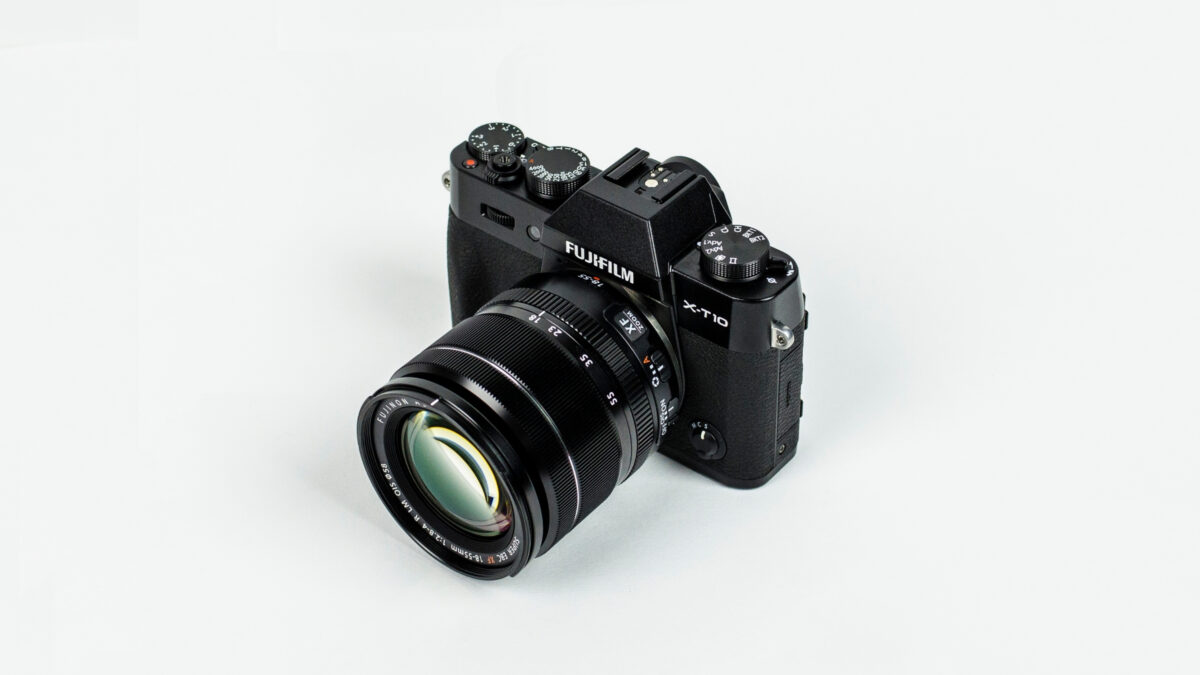
When it comes to autofocus, mirrorless cameras are the clear winners. They have contrast and phase detection systems directly on the sensor, which leads to faster autofocus in live view and video.
But DSLRs have recently closed the gap a bit. Some models use technology similar to mirrorless systems, offering quick autofocus during live view.
Even so, mirrorless cameras still generally edge out with faster and more accurate autofocus, plus focus peaking for manual focusing.
Image Quality and Sensor Technology
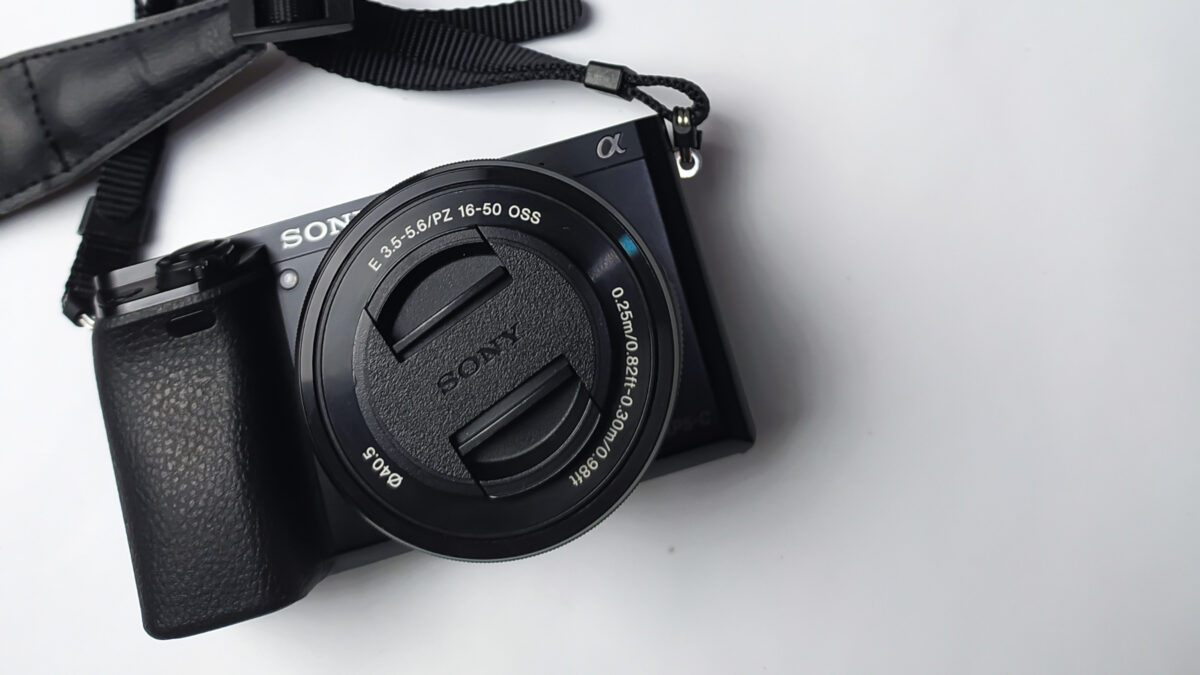
Mirrorless and DSLR cameras can house similar-sized sensors, from APS-C to full-frame, so image quality is often comparable.
Still, high-quality image stabilization technologies are more common in mirrorless cameras, decreasing a lot of camera shake effects.
But, DSLRs have the advantage here of a tried-and-true system built up over many years, with well-established lens lineups, although mirrorless cameras are quickly closing that gap.
Battery Life and Shooting Duration
DSLRs generally have better battery life, as the optical viewfinder needs less power than the electronic displays in mirrorless cameras.
So, if you’re planning on extended photoshoots or travel where charging isn’t possible, a DSLR offers the longer shooting duration you’ll need.
Video Recording Features
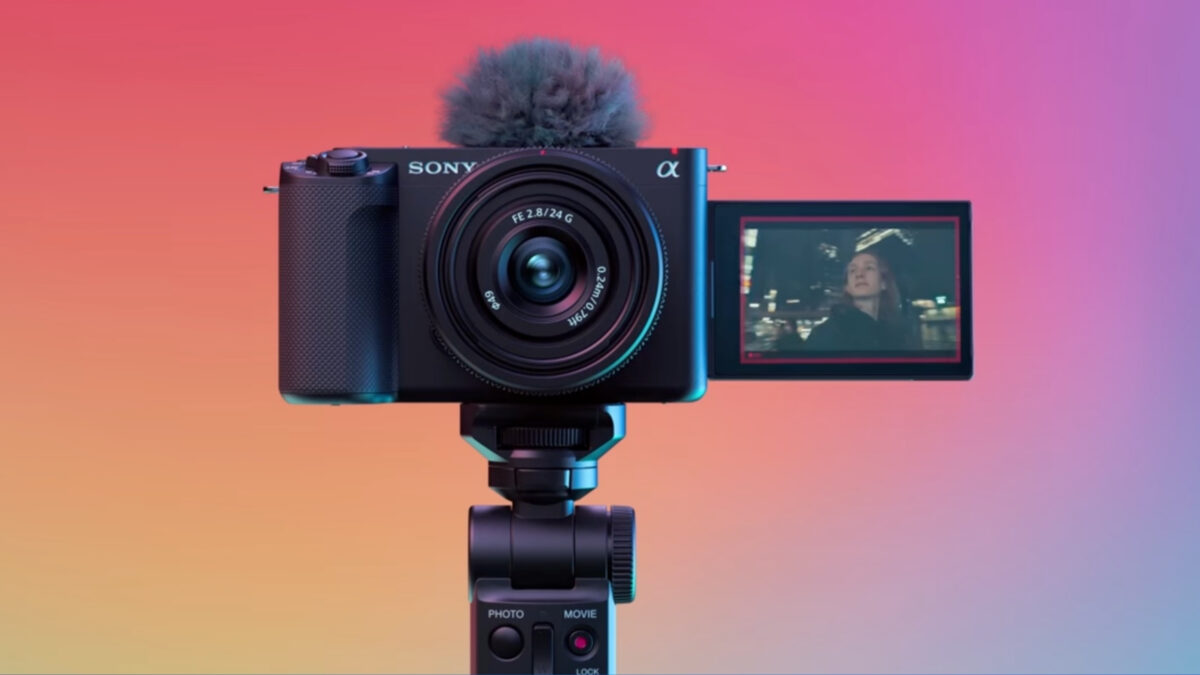
Mirrorless cameras are dominating when it comes to video capabilities.
Especially with features like 4K video recording. They offer high-quality video with fewer issues like mirror slaps interrupting the recording.
So, if video is a significant part of your plans as a new photographer, a mirrorless camera will be an excellent multifunctional tool.
They provide high-definition outputs and a broad range of video-related features.
Lenses and Accessories
Both DSLR and mirrorless cameras offer the flexibility of interchangeable lenses. But there are differences.
With DSLR Cameras: You’ve got a vast amount of lenses to choose from. Many photographers are drawn to them for this very reason. Years of lens-making means you have options from ultra-wide to super-telephoto, macro to fisheye. And if you’re on a budget, there’s a thriving market for used lenses that can stretch your dollar further.
With Mirrorless Cameras: These cameras are the new kids on the block, but they’re growing up fast. While the selection of native lenses is smaller, they are catching up. Mirrorless cameras often boast newer, cutting-edge lens tech designed for speed and sharpness. And they’re typically more compact, making them a friendly companion on your photo walks.
Also, adapters exist that can be used to connect your camera to a lens from another family.
So, if you have a mirrorless camera but love a DSLR lens, an adapter could make that relationship work and mix and match.
Keep in mind:
- Lens Choice: Consider what you want to photograph. Landscapes? Portraits? The type of lens will be your magic wand.
- Accessories: Don’t forget the little extras—lens filters for protection or effects, hoods to fend off glare, and cases for when you’re on the move.
The ultimate protective case for all your electronics, equipment, and cameras. Perfect for travel.
The Camera Market and Future Trends
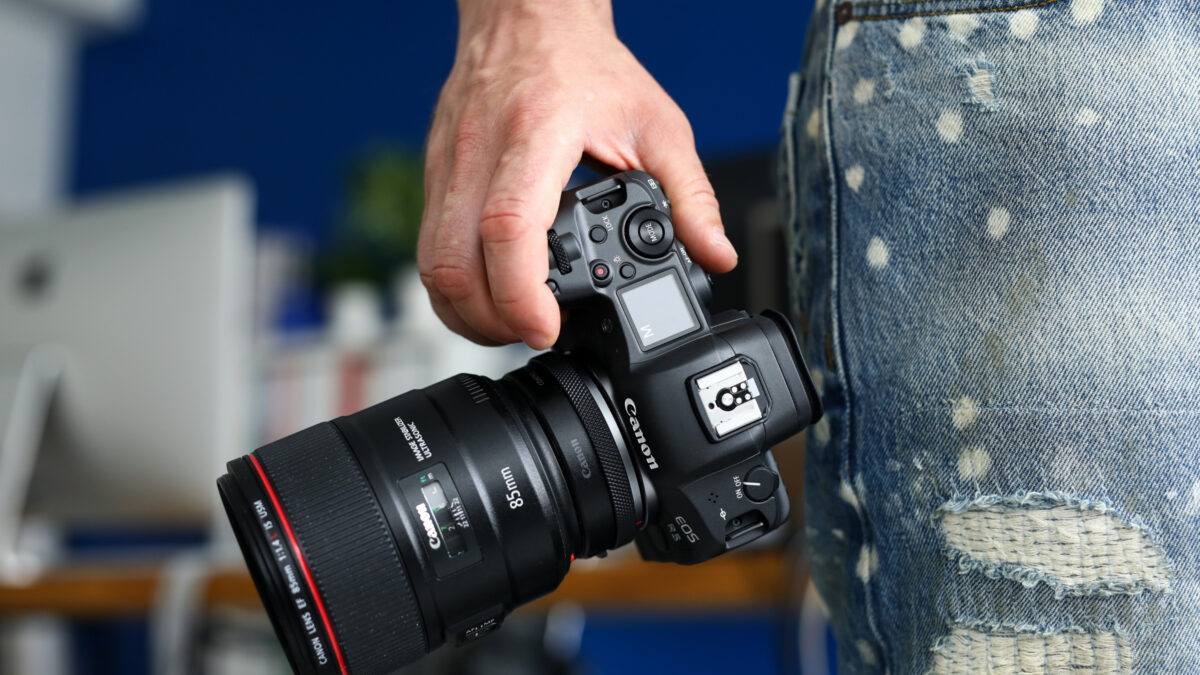
Choosing between a DSLR and a mirrorless camera depends on understanding where the market is headed. With technology changing so fast, both types remain relevant, yet their paths diverge significantly.
DSLRs, once the undisputed champions, are seeing a decrease in variety as manufacturers shift focus. Mirrorless cameras, representing the spirit of innovation, are charging ahead.
And with lighter designs and advanced technology developments like real-time eye tracking, they are surging in popularity.
Camera manufacturers are also pouring more resources into mirrorless tech.
And lens adaptation has become a creative exploration ground, with hybrid lenses setting the stage for photo and video excellence.
Here’s a look at what to expect:
- Manufacturers: Doubling down on mirrorless, with DSLRs taking a backseat.
- Technology: Mirrorless cameras are ahead with features like enhanced autofocus needed for capturing sharp, defining moments.
A Recap of How to Choose Your First Camera
What should guide your choice?
Your personal preference and the intended use of the camera. If you like having a vintage-style camera with a rugged feel, a DSLR is for you. But if cutting-edge tech and portability are what you like, mirrorless is the way to go.
Imagine yourself out there taking photos.
| Aspect | DSLR | Mirrorless |
|---|---|---|
| Size & Weight | Generally larger and heavier | Compact and lighter |
| Viewfinder | Optical | Electronic |
| Battery Life | Often longer due to power-efficient viewfinder | Usually shorter; electronic viewfinder drains battery faster |
| Lens Compatibility | Many available, especially for upgrades | Growing selection, adapters available for DSLR lenses |
Do you see a tough body that can handle a few bumps or an awesome tool that slips into your coat pocket?
Think about this and everything we’ve discussed, and choose the camera that feels right for you.
Frequently Asked Questions
What are the main differences between DSLR and mirrorless cameras for beginners?
For a beginner, DSLRs offer an optical viewfinder that mirrors the shot exactly, while mirrorless cameras rely on electronic viewfinders or the screen to display the image from the sensor. This means mirrorless cameras can be more compact and lighter than DSLRs, an attractive feature if you’re looking to carry your camera around.
Which type of camera performs better in low-light situations: DSLR or mirrorless?
Recent advancements have seen mirrorless cameras excel in low light conditions, often matching or surpassing DSLRs. This is attributed to improvements in their sensors’ and processors’ ability to handle noise at higher ISO levels, which is crucial when shooting in less than ideal lighting conditions.
Considering the costs, should a new photographer invest in a DSLR or a mirrorless camera?
Initially, DSLRs were known to offer a more budget-friendly gateway into photography, but with mirrorless technology becoming more mainstream, there are options for every budget. Your choice might boil down to which system you see a long-term future with, considering lens compatibility and desired features.
What are the advantages of starting photography with a mirrorless camera?
Mirrorless cameras tend to be more compact and offer a real-time preview of your final image. This means what you see on your screen, or EVF, is typically what you get in terms of exposure and color, which can make learning photography easier and more intuitive.
Why might photographers choose to switch from DSLR to mirrorless cameras?
Photographers may switch to mirrorless for their compact size, reduced weight, and the benefits of a real-time digital preview. Moreover, many mirrorless systems offer cutting-edge autofocus capabilities and video performance that are attractive to both stills and video content creators.
